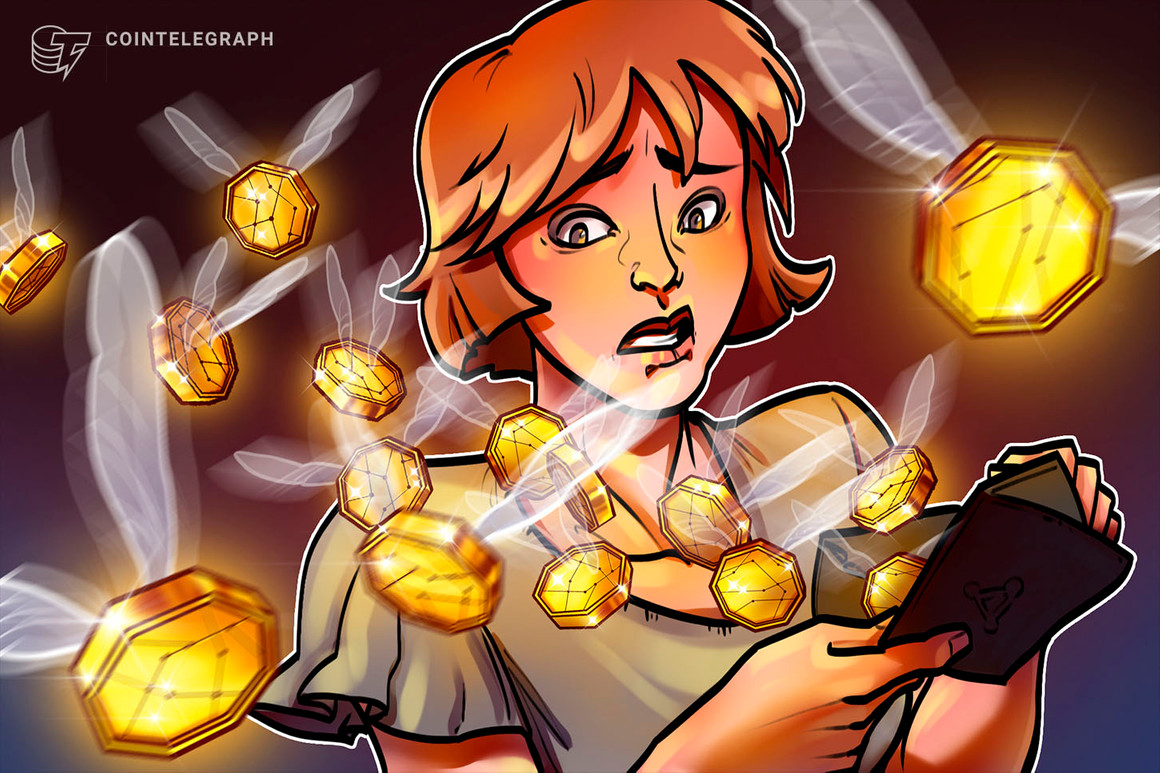High transaction fees have been a long recurring issue for users on popular blockchain networks like Ethereum and Bitcoin during periods of increased

High transaction fees have been a long recurring issue for users on popular blockchain networks like Ethereum and Bitcoin during periods of increased demand. However, there are protocols, platforms and methods that help users to reduce costs.
What are transaction fees?
Transaction fees are fees that users pay to send a transaction or interact with a smart contract on a blockchain network. While gas fees can refer to transaction fees on any blockchain, the term is mainly used to describe the Ethereum network transaction fees.
Transaction fees are paid in small fractions of the network’s native cryptocurrency. For example, with Bitcoin (BTC), users will pay in Satoshi’s (very small fractions of BTC), and with Ether (ETH), they will pay in gwei.
There are two main reasons users need to pay fees when sending a transaction. The first reason is to pay miners or validators (also known as nodes) for securing the network. Proof-of-work (PoW) blockchains have miners who validate transactions by using their computing power to solve complex algorithms. In contrast, proof-of-stake (PoS) blockchains have validators who stake their tokens to secure the network.
In return for securing the network and ensuring that no fraudulent transactions are placed, these nodes are compensated with transaction fees on the blockchain. Network validators make it possible for the blockchain to operate in a decentralized manner without having to rely on centralized entities to ensure that no malicious activity takes place on the network.
The second reason users pay transaction fees is to enable the operation of smart contracts. Smart contracts are programs that automatically execute once certain conditions have been met. For example, a smart contract may be programmed to release tokens or a nonfungible token (NFT) once they receive a payment or once a certain amount of time has passed. Just like users, smart contracts have to pay fees, too, since they’re also sending out transactions. So, if a user wants to perform a certain function on a smart contract, they will pay the gas fees.
Why can transaction fees get very expensive?
Transaction fees are not static and they vary based on many variables. One of these variables is speed, meaning that transactions with higher fees get prioritized by nodes, reducing the time it takes for them to arrive. On the other hand, transactions with lower fees take longer to validate since nodes do not prioritize them.
Most mainstream platforms, for example, wallets and exchanges, preset the fee for a transaction at a medium level. However, users can change the fee, increasing the amount for urgent transactions and reducing the amount to save money while waiting longer for the transaction to complete.
Supply and demand are the biggest factors in high transaction fees. Once a blockchain network has a high demand for transactions, costs naturally rise since the supply cannot keep up. This leads to nodes prioritizing transactions with higher fees, which leads to users increasing their transaction fees, which raises the bar higher. For example, imagine the average transaction fee is $3.00, but the network is congested. So, many users start setting their transaction fee at $10. Reasons can include a popular initial coin offering or NFT offering that people are trying to get into.
Recent: DeFi Regulations: Where US regulators should draw the line
However, the demand keeps growing, and even the $10 transactions take too long to complete. So, users start paying $15 for gas, then $25, $50 and so on. In addition, there could be a massive ecosystem of tools and products (i.e., additional NFT offerings, yield farming, lending, borrowing, general decentralized finance (DeFi) etc.), so demand for transactions has exploded across different sectors. Now, transaction fees are costing over $300, which was the case in May, with gas fees costing over $450 on Ethereum due to the Yuga Labs launch of their Otherside NFT collection.
Ivo Georgiev, CEO of crypto wallet Ambire, told Cointelegraph, “As much as we all in Web3 like to challenge TradFi and expose its weaknesses, one should admit that there is no gas fees problem in TradFi. Fees for operations in traditional finance are negligible and people are used to not even care about them.”
Georgiev continued, “Now imagine you get into Web3 and at busy times you have to pay a $30 fee for exchanging tokens worth $150. Given that in crypto interactions are made more often — add/remove liquidity, move positions between protocols, bridge between layers — it is important that gas fees are low enough in order to onboard the next 1 billion users to crypto with lower friction.”
So, essentially, when there is high demand, users are willing to pay more to ensure their transactions get through. As transaction fees increase, other users pay more to outbid the previous users and ensure that their transactions are completed first. Over time this leads to a general increase in transaction…
cointelegraph.com
